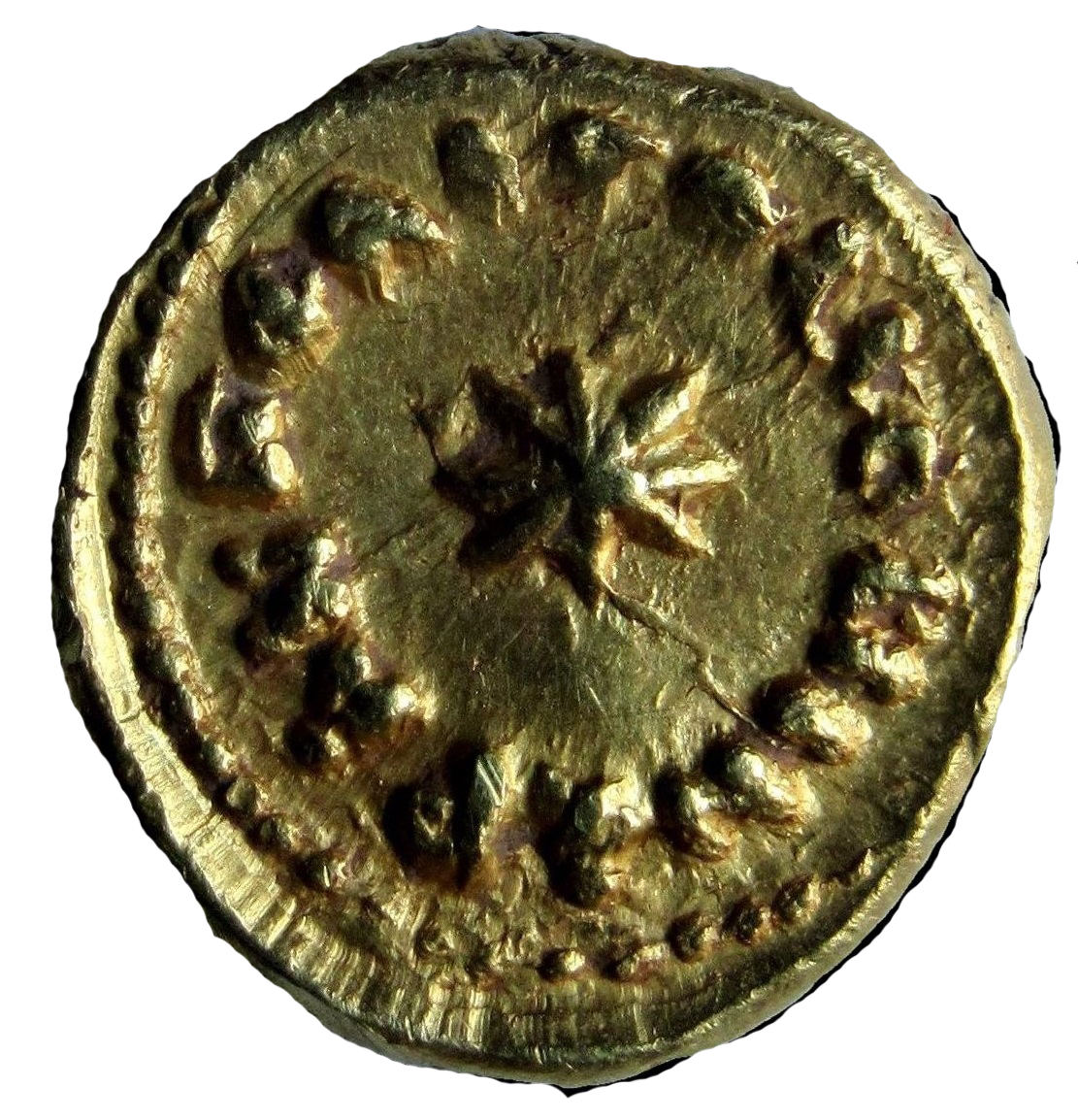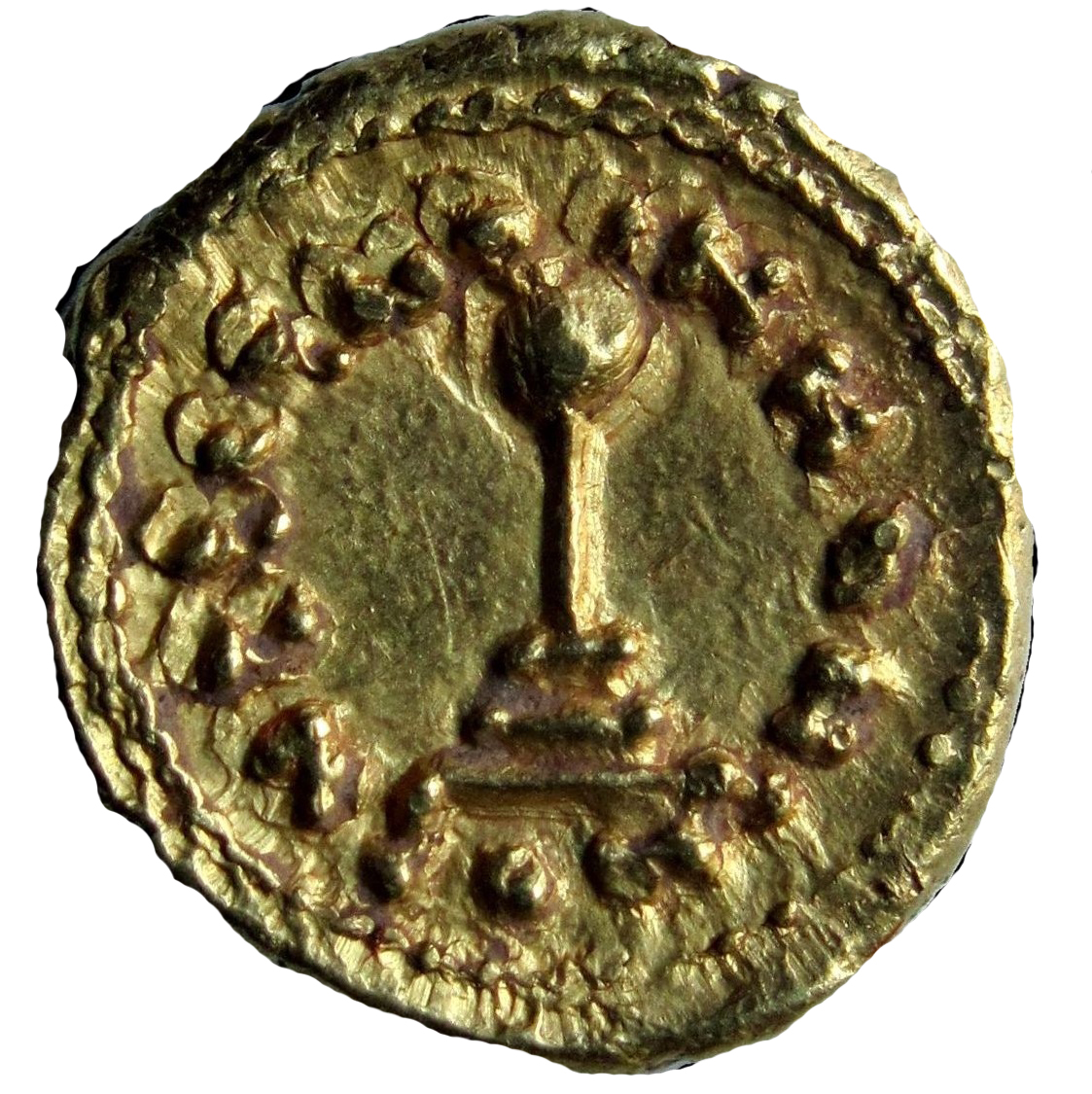Umayyad Caliphate Semissis / ½ Dinar - Unknown - al-Andalus - Transitional coinage (Spain and North Africa - Arab-Byzantine)
Introduction
The Umayyad Caliphate Semissis, also known as ½ Dinar, stands as a remarkable piece of transitional coinage from the era of Arab-Byzantine influence in Spain and North Africa. Minted between 711 and 718, this coin holds historical and numismatic significance due to its unique blend of Islamic and Byzantine elements.
Historical Background
Issued by the Umayyad Caliphate, this Semissis coin reflects the political and cultural landscape of the time. The Umayyad Caliphate played a pivotal role in spreading Islam across regions, leading to the creation of distinct coinage that showcased a mix of Arab and Byzantine influences.
Coin Images
 Obverse
Obverse
 Reverse
Reverse
Design Features
The obverse of the Semissis coin features a prominent star symbol, representing celestial guidance and unity. On the reverse, a modified cross design can be observed, symbolizing the convergence of different religious and cultural traditions during this period. These designs exemplify the intricate fusion of Islamic and Byzantine artistic elements.
Technical Specifications
This Semissis coin is crafted from pure gold, weighing 1.92g with a diameter of 12.00mm. Its compact size and exquisite detailing make it a prized addition to any numismatic collection. The precise specifications of this coin highlight the skilled craftsmanship of the mints during the Umayyad Caliphate reign.
Collectible Value
The Umayyad Caliphate Semissis holds significant collectible value among numismatists due to its rarity and historical importance. With its unique Arab-Byzantine designs and limited mintage period, this coin is highly sought after by collectors seeking to own a piece of ancient history. The market value of the Semissis reflects its scarcity and desirability in the numismatic community.
Conclusion
In conclusion, the Umayyad Caliphate Semissis gold coin serves as a tangible link to the rich cultural exchanges and historical narratives of the Arab-Byzantine era. Its intricate designs, precise craftsmanship, and limited availability make it a prized possession for both collectors and enthusiasts of ancient coinage. Owning a Semissis coin not only adds a valuable asset to a collection but also connects individuals to a fascinating period of cross-cultural interactions in the realms of coinage and history.

